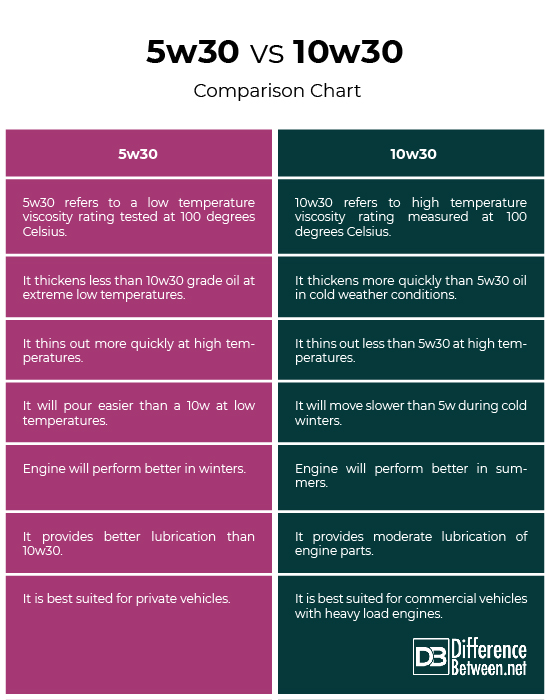What Are the Negatives of Biodiesel?
Biodiesel is a renewable and environmentally friendly substitute for traditional fossil fuels. It is made from vegetable oils, animal fats, or recycled restaurant greases. Biodiesel production and use have several benefits such as lower greenhouse gas emissions, reduced dependence on foreign oil, and supporting local farmers.
However, like any other fuel, biodiesel has its downsides. In this article, we will explore the negatives of biodiesel that you should consider before using it as a fuel.
1. It can disturb the life cycle.
Biodiesel production requires a large amount of agricultural land and water resources. The growing biomass for biofuel production increases the demand for agricultural land, which can lead to deforestation, loss of wildlife habitats, and soil erosion. Moreover, the production of biodiesel requires more water consumption, especially in dry climates, which can put a strain on local water resources.
2. It can be expensive.
Converting biomass into fuel is complex and expensive, influenced by factors such as weather and crop yields. As a result, biodiesel tends to be more expensive than traditional fossil fuels, limiting access for consumers. Furthermore, the cost of labor and the need for huge space for storage can add to the overall cost of biodiesel production.
3. It can compete with food crops.
Biofuel crops can compete with food crops for land and water resources, which raises concerns about food security. Increasing crop production for biodiesel may threaten local water supplies, and soy, a common crop for biodiesel production, is a water-intensive plant that depletes many water sources. This competition for resources can lead to higher food prices and a decrease in food availability.
4. It may have long-term effects on diesel vehicles.
One of the greatest concerns over using biodiesel fuel is its quality and long-term effects on diesel vehicles. Many stories have been circulating about reduced performance, damage to key components, or even engine failures that are blamed on biodiesel. The use of biodiesel may require additional maintenance and repairs, which can add to the overall cost of using biodiesel as a fuel.
5. It may not be suitable for all climates.
Biodiesel can gel and become thick in cold weather, which can clog fuel lines and filters, leading to engine damage. This problem can be mitigated by using a blend of biodiesel and diesel fuel, but it can still be a concern in extremely cold climates.
6. It may not be as clean as advertised.
Biodiesel is often marketed as a clean-burning fuel, but it still produces emissions. Biodiesel emissions contain nitrogen oxides, which contribute to smog and air pollution. While the emissions from biodiesel are lower than those from traditional diesel fuel, they are still a concern for public health and the environment.
7. It may not be widely available.
Despite the benefits of biodiesel, it may not be widely available in all areas. Biodiesel production and distribution are still limited, and it may not be available at all gas stations. This limited availability can make it difficult for consumers to switch to biodiesel as a fuel.
Conclusion
Biodiesel has several benefits, including lower greenhouse gas emissions, reduced dependence on foreign oil, and supporting local farmers. However, it also has its downsides, including its impact on the life cycle, cost, competition with food crops, long-term effects on diesel vehicles, climate suitability, emissions, and availability.
Before using biodiesel as a fuel, it is essential to consider these negatives and weigh them against the benefits. If you decide to use biodiesel, make sure to use it responsibly and do your research to ensure that it is the right choice for your vehicle and your area.


